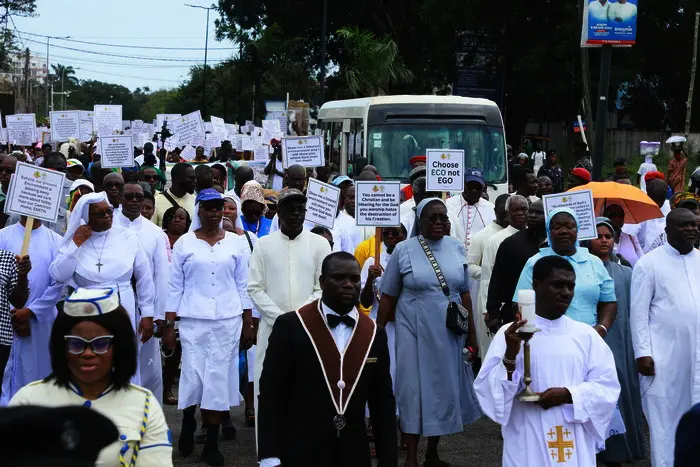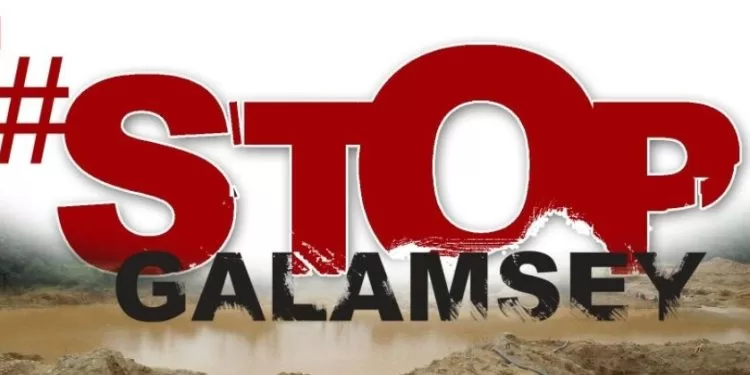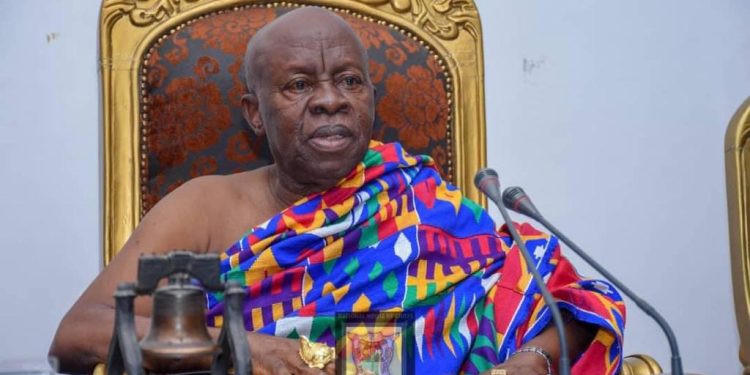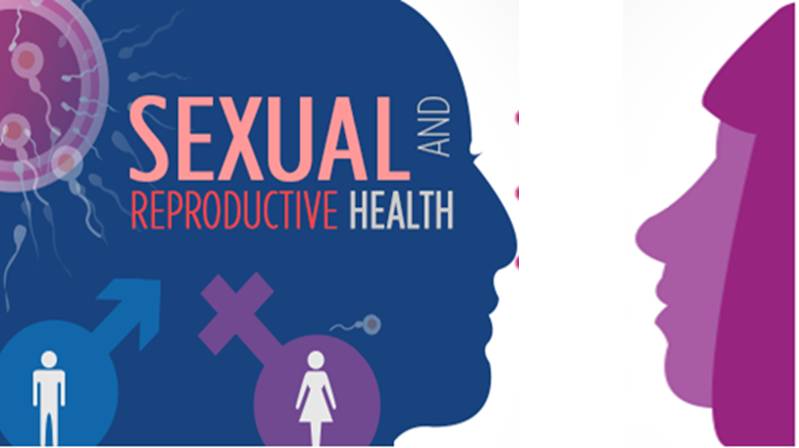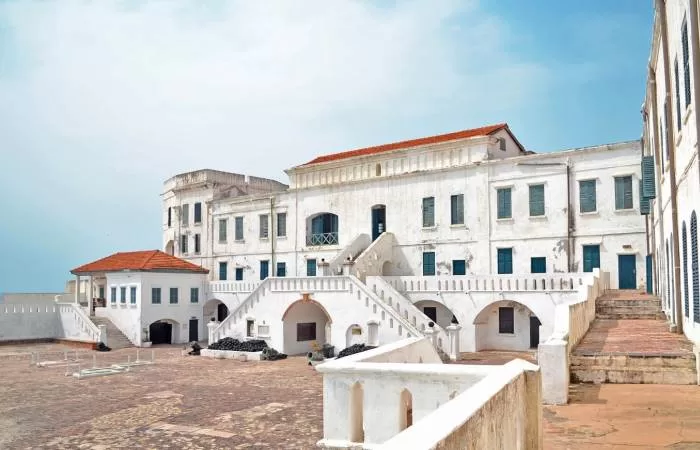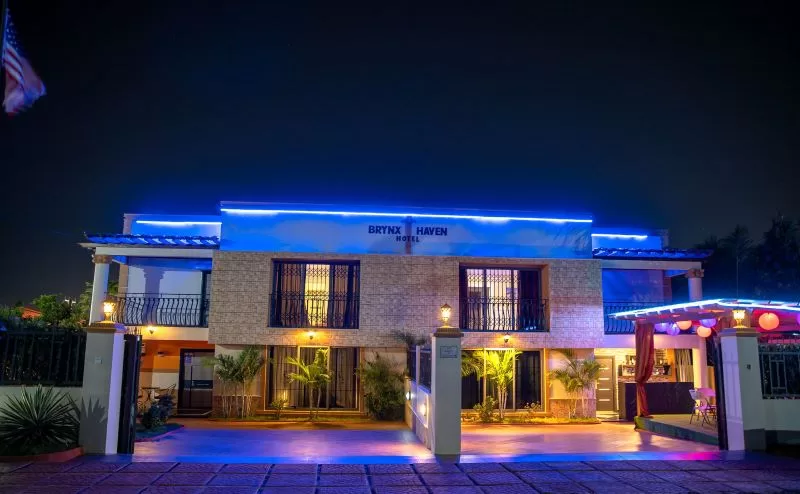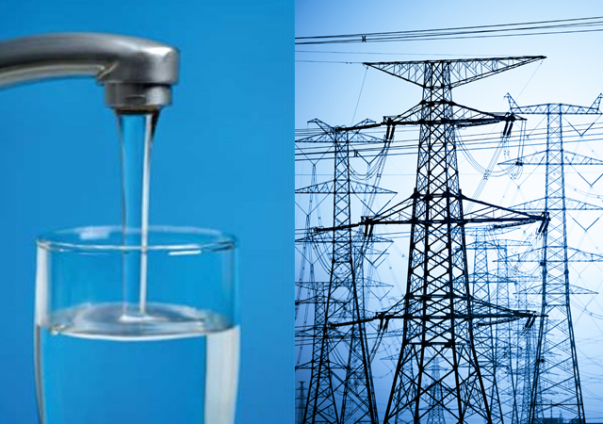The Public Utilities Regulatory Commission (PURC) has announced a 29.96 per cent and 8.3 per cent increment in electricity and water tariffs respectively.
The new adjustment will take effect from February 1, 2023, the utilities regulator said on Monday, January 16, 2023.
This follows the conclusion of PURC’s regulatory process for the quarterly adjustment of utility tariffs covering the first quarter of 2023 in conformity with the Quarterly Tariff Review Mechanism and Guidelines.
The quarterly tariffs review mechanism seeks to track and incorporate changes in key factors used in determining natural gas, electricity and water tariff.
The PURC said it took into consideration the cedi depreciation against the US dollar, inflation, generation mix and the weighted average cost of natural gas in arriving at the decision.
“The Commission therefore decided to increase the average end-user tariff for electricity by 29.96% across the board for all consumer groups (Table 1). The average end-user tariff for water has also been increased by 8.3% (Table 2). The Commission, however, approved varying rate adjustments including some reductions for selected industrial and commercial consumers as part of the ongoing restructuring of the existing water rate structure. ”
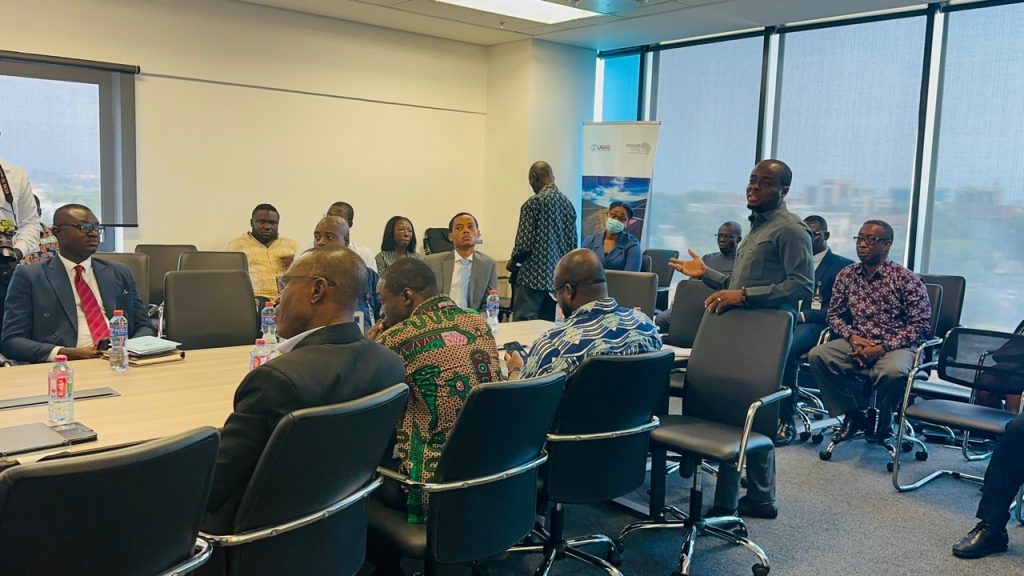
Below is the full statement by PURC
The Public Utilities Regulatory Commission (PURC) has concluded its regulatory process for the quarterly adjustment of utility tariffs covering the first quarter of 2023.
The process is in conformity with the Quarterly Tariff Review Mechanism and Guidelines as communicated in the Commission’s August, 2022 major tariff review decision.
The Quarterly Tariff Review Mechanism seeks to track and incorporate changes in key factors used in determining natural gas, electricity, and water tariffs. The objective is to maintain the real value of cost of supply of these utility services and ensure that utility companies do not under- or over-recover.
Under-recovery has negative implications for the ability of the companies to supply service to consumers, and has the potential of causing outages of electricity (DUMSOR) and water supply. Over-recovery unnecessarily overburdens consumers of electricity and water.
The Quarterly Tariff Review Mechanism is meant to ensure that none of these happens.
For the end-user electricity tariffs payable by consumers, the Commission considered four key factors in arriving at its decision. These were the Ghana Cedi/US Dollar exchange rate, inflation, generation mix and the weighted average cost of natural gas.
Since the announcement of the major tariff in August 2022, these key variables underlying the rate setting have changed significantly. For example, the weighted average Ghana Cedi US Dollar exchange rate used for the major tariff review was GHC7.5165 to the US Dollar. Since then, we have witnessed the depreciation of the Cedi against the US Dollar and other major currencies. The projected weighted average Ghana Cedi US Dollar exchange rate used in First Quarter 2023 Tariff Analysis is GHS10.5421/USD.
Additionally, the weighted average inflation figure used for the major tariff has seen a four-fold increase. Together with exchange rate movements this has negatively affected the ability of the utilities to purchase critical inputs required for their operations. The Commission used a projected inflation rate of 42.63% in its tariff analysis for the First Quarter of 2023.
The Weighted Average Cost of Gas (WACOG) used for First Quarter of 2023 is USD6.0952/MMBtu. In the major tariff review in September 2022, the WACOG was USD5.9060/MMBtu. With respect to electricity generation mix, a hydro-thermal mix of 26.11% for hydro and 73.89% for thermal was used for First Quarter of 2023.
The combined effect of the Cedi/US Dollar exchange rate, inflation and WACOG is that the utility companies are significantly under-recovering and require an upward adjustment of their tariffs in order to keep the lights on and water flowing.
The PURC is equally mindful of the current difficult economic circumstances, but notes that the potential for outages would be catastrophic for Ghana and has to be avoided. The PURC therefore sought to balance prevention of extended power outages and its deleterious implications on jobs and livelihoods with minimising the impact of rate increases on consumers.
The Commission therefore decided to increase the average end-user tariff for electricity by 29.96% across the board for all consumer groups (Table 1). The average end-user tariff for water has also been increased by 8.3% (Table 2). The Commission, however, approved varying rate adjustments including some reductions for selected industrial and commercial consumers as part of the ongoing restructuring of the existing water rate structure.
The PURC is grateful to all stakeholders for their support as it continues to implement quarterly tariff reviews in accordance with its Rate Setting Guidelines for Quarterly Review of Natural Gas, Electricity and Water Tariffs. In doing so, the Commission will continue to equitably balance the interests of the Utility Service Providers and Consumers and hold service providers to strict adherence to regulatory standards and benchmarks.
The Commission’s decision will be published in the Gazette in due course and will be available on the Commission’s website: www.purc.com.gh
Dr. Ishmael Ackah
Executive Secretary



